Strain-Counterstrain is an osteopathic technique that works on the myofascial system to address tender point / myofascial trigger points. Learn about the proposed physiologic mechanisms of action. Enjoy the thought processing and learning on a new (to you) technique for tender points / myofascial trigger points. This technique is simple and can be added in to your other therapies or prescribed to your clients as a safe and easy home therapy. Gua Sha is an instrument assisted soft tissue mobilization technique. Try it on yourself, try it on your canine patients. Great for fascia, tendon, and muscle! Also known as Chinese soup spoon technique, scraping technique, or coining technique. Two new fascial techniques to add to your tool kit!
Learning Objectives:- Participants will learn two new manual techniques that address soft tissue structures.
- Participants will learn the theoretical mechanisms of action for both the Strain-Counterstrain and Gua Sha techniques.
- Participants will enhance their treatment planning skills in order to identify when Strain-Counterstrain or Gua Sha could be most effectively implemented
- Participants will practice the application of Strain-Counterstrain and Gua-Sha on themselves and canine subjects.
Course Outline
Lecture (Strain Counterstrain)- Background information and history of the Strain-Counterstrain techniques.
- Validation for the Strain-Counterstrain technique in the literature.
- Proposed physiologic mechanisms of action for the Strain-Counterstrain technique.
- An overview of myofascial trigger points and palpation techniques.
- Palpation of triggerpoints
- Practice Strain-Counterstrain on common forelimb trigger points in the Latissimus Dorsi, Teres Major, Infraspinatus, Supraspinatus, Tricepts, Biceps Brachii, and Scalenes / Cranial Rhomboids.
- Practice Strain-Counterstrain on common rearlimb trigger points in the Iliopsoas, Sartorius, TFL, Gluteals, Piriformis, Hamstrings, Gracilis, Adductors, and Pectineus.
- The theory and science behind GuaSha / Scraping / Instrument Assisted Soft Tissue Mobilization
- Literature reviews
- IASTM Guidelines
- Practice using different GuaSha tools (feel for adhesions with the tools & try the various tools and techniques on yourself)
- Practice using the different GuaSha tools / techniques along the forelimbs (biceps tendon, supraspinatus, triceps, forearms, between metacarpals or on superficial tendons).
- Practice using the different GuaSha tools on the rearlimbs (gluteals / piriformis, quadriceps, hamstrings, cranial tibialis, gastrocs, between the metatarsals or on the Calcaneal tendon).
- Practice using the different GuaSha tools on the neck and spine (epaxial muscles, intercostal muscles, neck muscles)


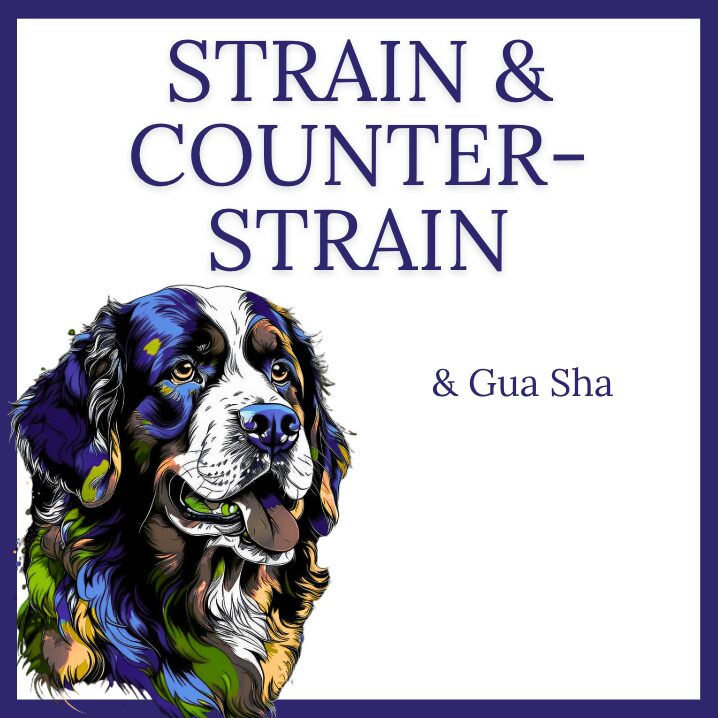
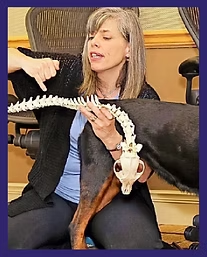
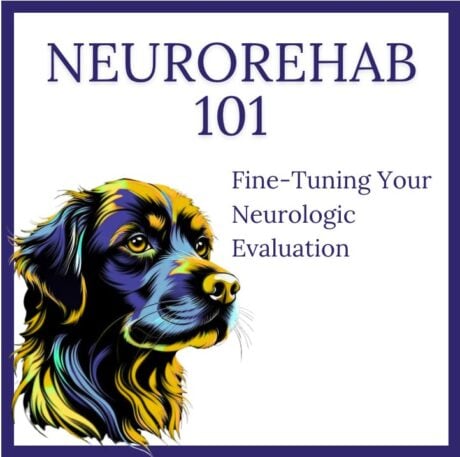
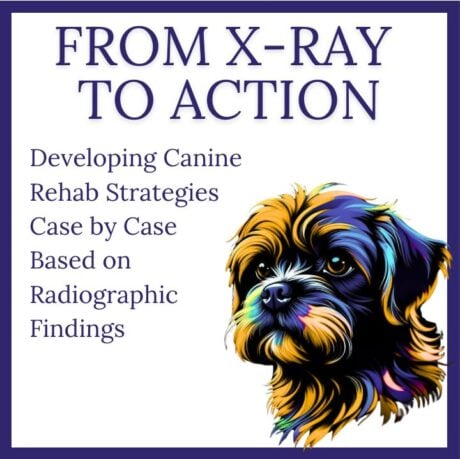
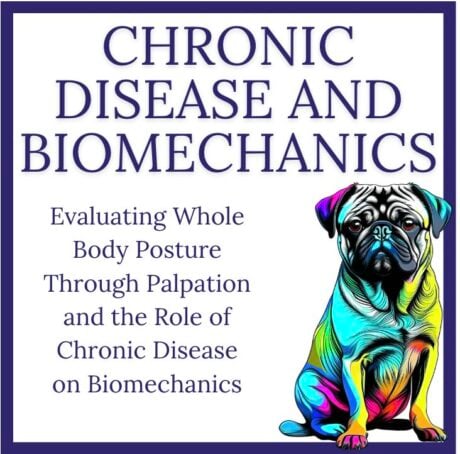
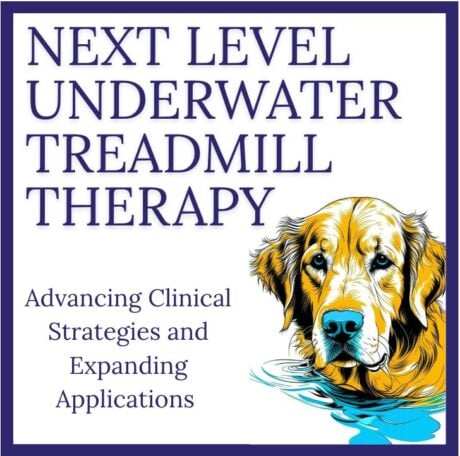
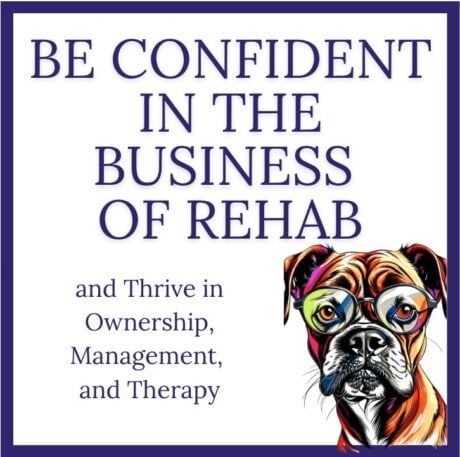
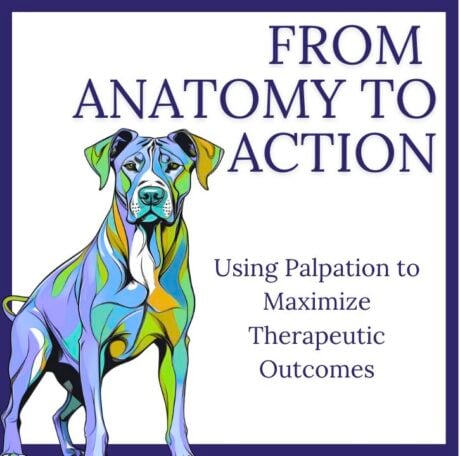
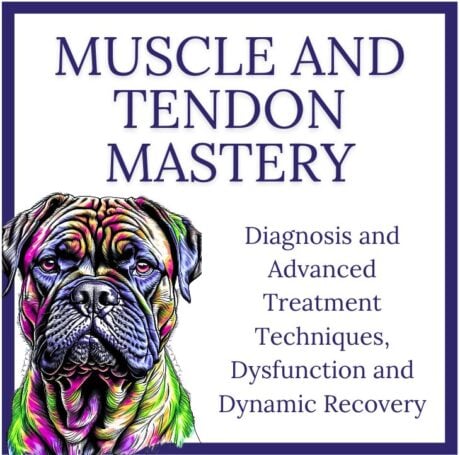
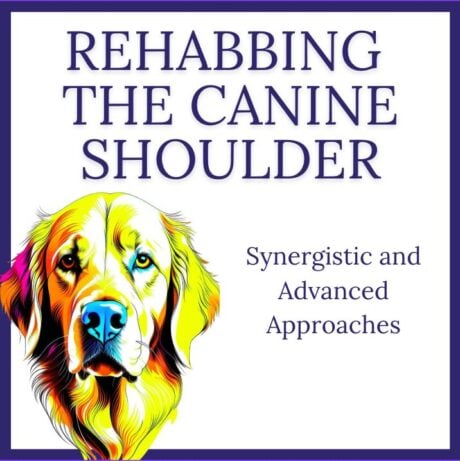
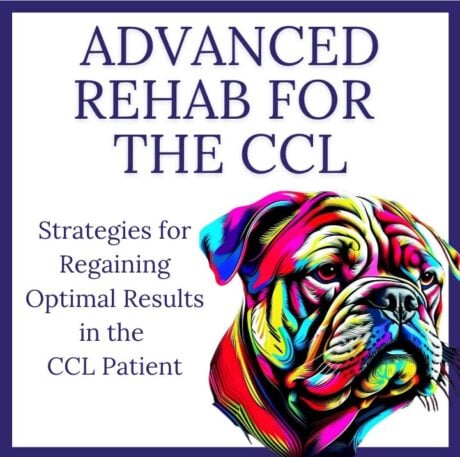
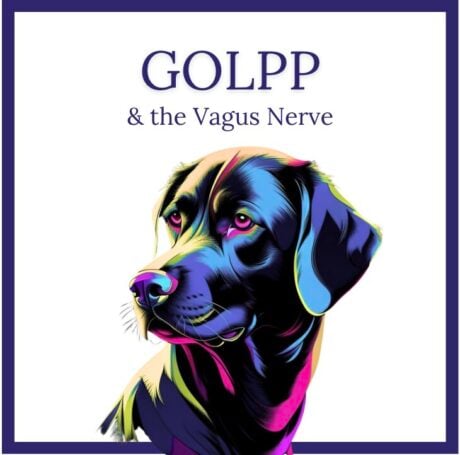
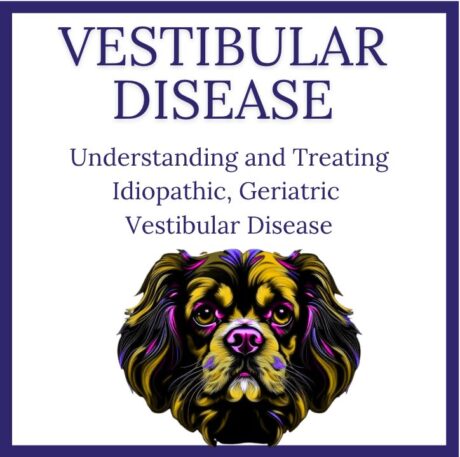
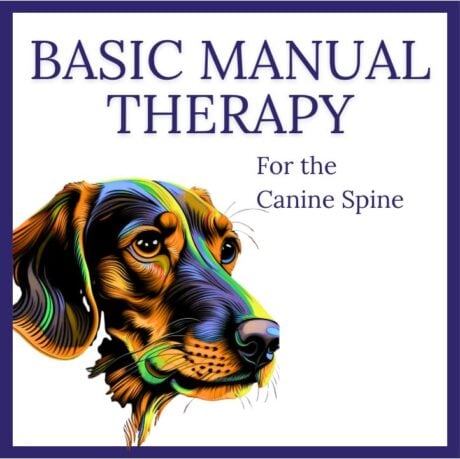
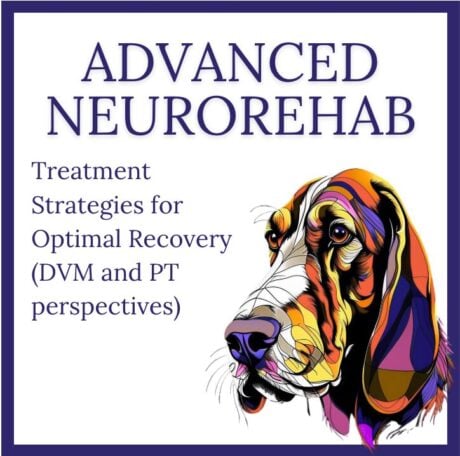
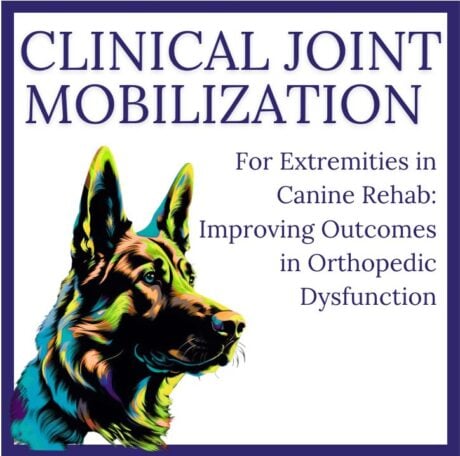
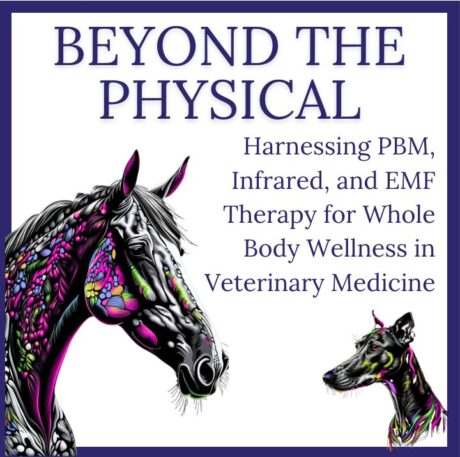
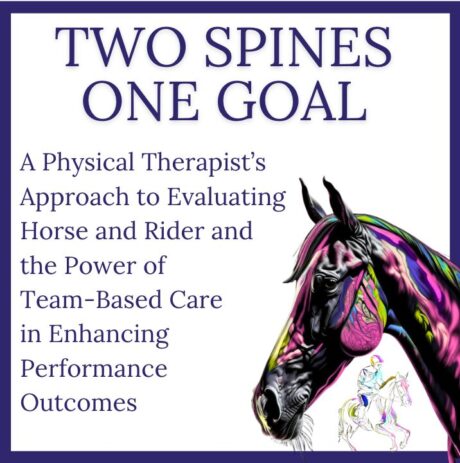
Reviews
There are no reviews yet.